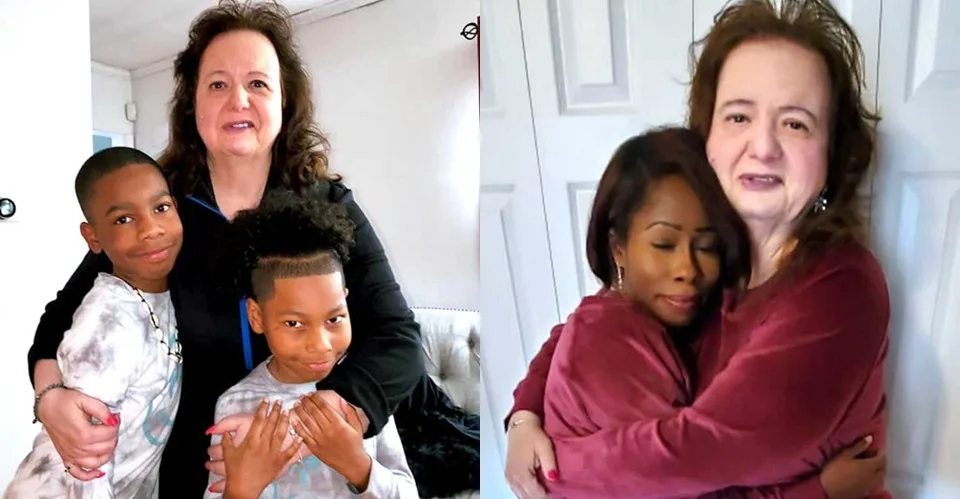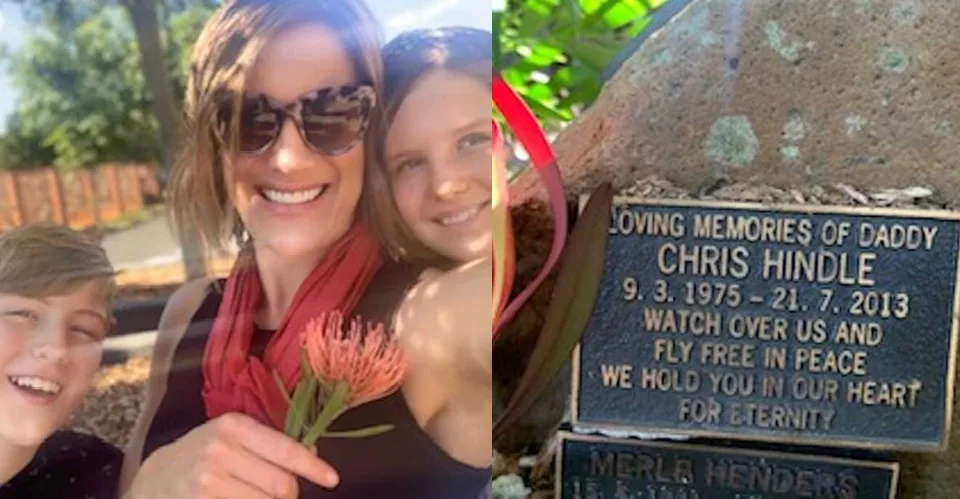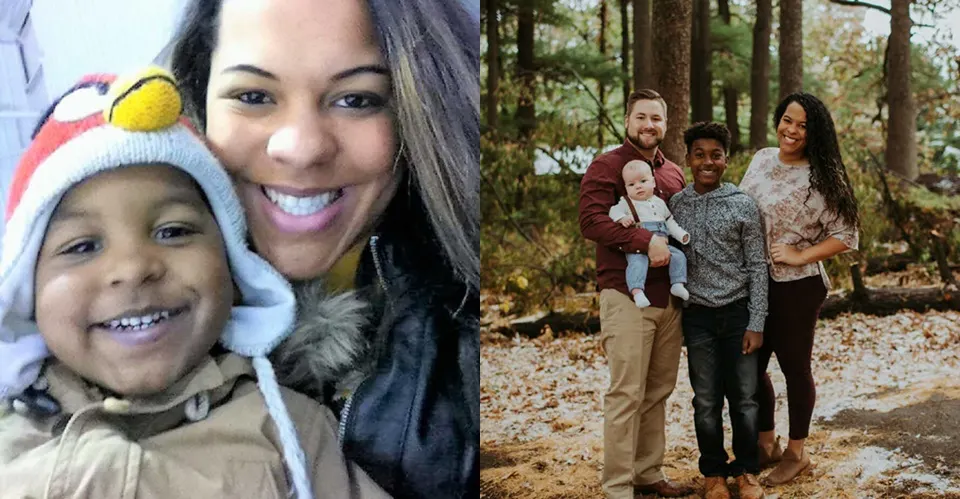I’ve always been a private person, someone who keeps most things to myself. But after having my twins, I felt like sharing my journey might help someone else going through the same struggles.

I married my husband, Stan, at 25. We had known each other since primary school, lost touch for years, and then ran into each other by chance. From that moment, I knew he was the one. After our wedding, we agreed to wait about a year before starting a family. In July 2017, while traveling in Greece, we decided it was time to try. I assumed it would happen quickly. But as the months passed, nothing did.

At first, I told myself it was normal all the articles online said it could take up to a year. But each time my period came, I was crushed. Then, in December, I finally saw my first positive pregnancy test. I was ecstatic, until my blood tests came back showing low hormone levels. A couple of days later, I started bleeding. It was my first miscarriage what the doctor called a chemical pregnancy.

We tried again, only for the same thing to happen in March. By then I was convinced something was wrong. We went to the GP for testing, but both my results and Stan’s came back fine. A specialist confirmed the same: nothing seemed wrong. Months passed with no success, and eventually my doctor suggested a laparoscopy to check for issues like endometriosis. When I woke from surgery, the doctor told me everything looked perfectly healthy.

So, I tried again. In December, just before New Year’s Eve, I took another test. This time, the line was strong. Blood work confirmed I was pregnant, but my progesterone was low, so I had to use pessaries to help sustain the pregnancy. They weren’t comfortable, but I didn’t care I just wanted this baby to stay.
At my eight-week scan, I was terrified. I held Stan’s hand, waiting for the sound of a heartbeat. When the doctor found it, I finally felt a wave of relief. But then he paused and said, “Wait… there are two heartbeats.” Twins.
I started shaking, while Stan went pale and had to step outside to catch his breath. We were thrilled but overwhelmed, especially when the doctor explained the risks. I had MCDA twins, which meant they shared a placenta but had their own sacs. That put us in the “high-risk” category, with the possibility of complications like twin-to-twin transfusion syndrome (TTTS).

From that point on, my pregnancy was closely monitored. I had scans every two weeks. For the most part, I felt good no morning sickness, just constant exhaustion. Around 19 weeks, my doctor noticed fluid around one baby’s sac and ordered me to slow down, so I stopped working completely.
At 29 weeks, things took a turn. Blood flow to one twin was compromised, and TTTS was starting to develop. I was sent for steroid shots to help prepare the babies’ lungs in case of early delivery. A few days later, my doctor told me she needed to transfer me to a hospital better equipped for premature births. I was terrified new doctors, new place, and I couldn’t even have my own OB deliver me.

At just over 30 weeks, on July 8, 2019, I had an emergency C-section. Our daughters, Tia and Victoria, were born weighing a little over two and a half pounds each. Tia was rushed straight to the NICU, and I only got to hold Victoria for a brief moment. The next eight weeks were the hardest of my life. Between infections, breathing support, and endless hours at the hospital, I often felt helpless.

But slowly, they grew stronger. By early September, we were finally able to bring our girls home.

Looking back now, I’m endlessly grateful for the doctors and nurses who cared for us during those long weeks. They gave me my daughters, who are now thriving, cheeky, and full of life at two and a half years old.

Tia and Victoria are my miracles. My journey to motherhood wasn’t easy, but I wouldn’t trade it for anything.




